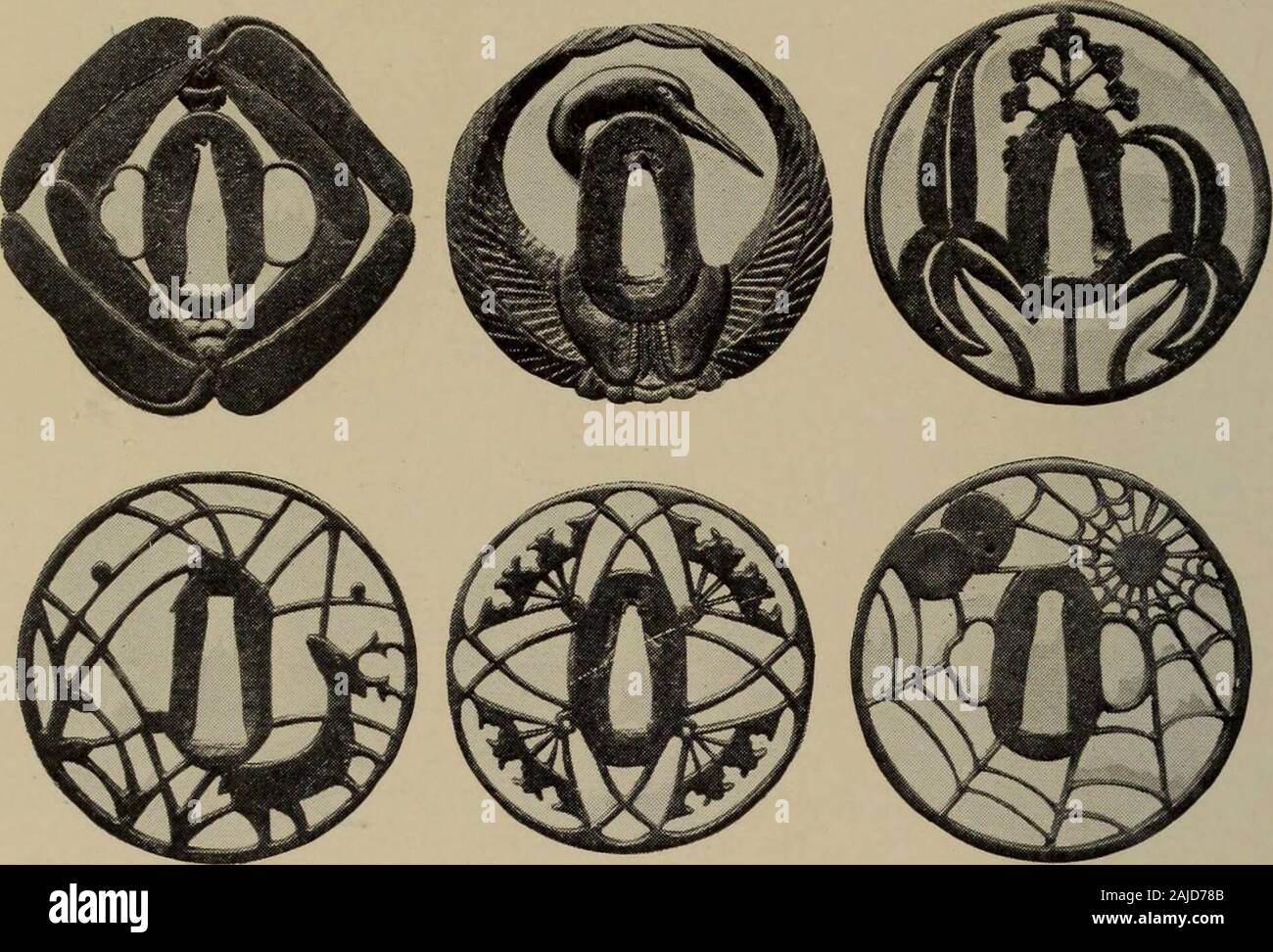History of art . Collection.) virgins, to Kiyomitsu (1735-85), to Buntsho (.^-1796),to Kiyonaga (1742-1815), the artists who so oftenremind us of the Greek vase painters—and to thegreat Hokusai himself (1760-1849), a man who coulddraw the fat expanse of the haunches or the globelikefirmness of a bosom and at the same time could under-stand the upward thrust of the old volcanoes in thefire of the morning sun, or the rocking of the waves.Almost the whole art of the eighteenth century, hereas in the Occident, was a voluptuous homage to thewoman in love. Utamaro (1754-1805) is fervent in his ^ Mid

Image details
Contributor:
The Reading Room / Alamy Stock PhotoImage ID:
2AJD78BFile size:
7.2 MB (480.4 KB Compressed download)Releases:
Model - no | Property - noDo I need a release?Dimensions:
1919 x 1303 px | 32.5 x 22.1 cm | 12.8 x 8.7 inches | 150dpiMore information:
This image is a public domain image, which means either that copyright has expired in the image or the copyright holder has waived their copyright. Alamy charges you a fee for access to the high resolution copy of the image.
This image could have imperfections as it’s either historical or reportage.
History of art . Collection.) virgins, to Kiyomitsu (1735-85), to Buntsho (.^-1796), to Kiyonaga (1742-1815), the artists who so oftenremind us of the Greek vase painters—and to thegreat Hokusai himself (1760-1849), a man who coulddraw the fat expanse of the haunches or the globelikefirmness of a bosom and at the same time could under-stand the upward thrust of the old volcanoes in thefire of the morning sun, or the rocking of the waves.Almost the whole art of the eighteenth century, hereas in the Occident, was a voluptuous homage to thewoman in love. Utamaro (1754-1805) is fervent in his ^ Middle of the eighteenth century. U2 MEDIEVAL ART passion for the figures which he describes through thebeautiful breasts that offer themselves like fruits, thehigh, hard necks under the hair that is combed upward, the oval faces under the jet-black masses of the hairthat is secured by gold pins; Harunobu (1718-70), who is in love with the young girls he meets in thegardens and on the threshold of the paper houses, . Sword Guards. (H. Vever Collection.) paints charming idyls in which he associates womenand flowers and, through the discreet interplay of theeffaced blacks, the burnt-out reds, and the pale greens, gives us glimpses of landscape in which lanternslight up the cherry blossoms that have come outunder the snow. The art of these two Japanese wouldsuffice to define the period. But the very strong, verysensual, and very gentle sentiment that even its greatestmen had for the beauty of women did not often sufficeto conceal the lapses in their expression. Occupied asthey were in penetrating the structure of small things,